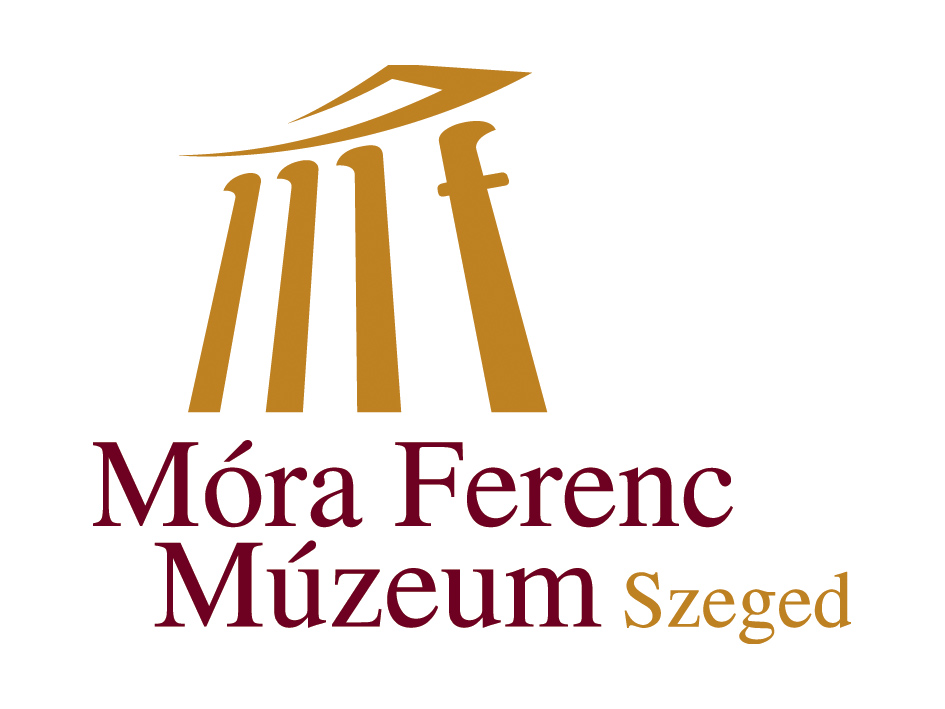Climate and environmental changes of our time
The last major glaciation period of the Ice Age, known as the Last Glacial Maximum, ended approximately 18,000 years ago. This was followed by 3,000 years of cool/cold climate, but shortly thereafter, approximately 15,000 years ago, an extremely rapid warming began. Paradoxically, this caused a minor ice age 2,000 years later, which lasted for 1,200 years. The reason for this was that a large amount of fresh water melted from the glaciers and ice sheets on land and flowed into the Atlantic Ocean and the Greenland Sea. As a result, the ocean circulation stopped for a time, preventing the Gulf Stream and other warm water currents from reaching northern regions. This cold period, the Younger Dryas, named after an alpine flower, the white dryas, was followed by another rapid warming, which marks the beginning of the Holocene, or the present era (11,700 years ago).
The climate was not stable during the Holocene either, with warmer and cooler periods alternating. We are currently experiencing a warming phase, but it has been warmer than this before. During the times known as the Atlantic period in the Hungarian chronology (8,000–5,000 years ago), for example, the average annual temperature in the Carpathian Basin was approximately 3–4 degrees Celsius warmer than it is today. Between 800 and 1250 AD, we can speak of the Medieval Warm Period that affected most of the world. This was followed by another climate wave: from the beginning of the 14th century to the middle of the 19th century, a cool, stormy climate prevailed, which was called the Little Ice Age and had an impact mainly in Europe.
It should be noted that we are not only talking about cold and warm periods, as global climate change has also been accompanied by regional variations in precipitation and aridity, which have profoundly altered the vegetation of certain areas. These changes have not only challenged the flora, but also the fauna, and have seriously affected humanity as well. Such a dry, drought-stricken period was one of the reasons for the collapse of the Mayan civilization.


